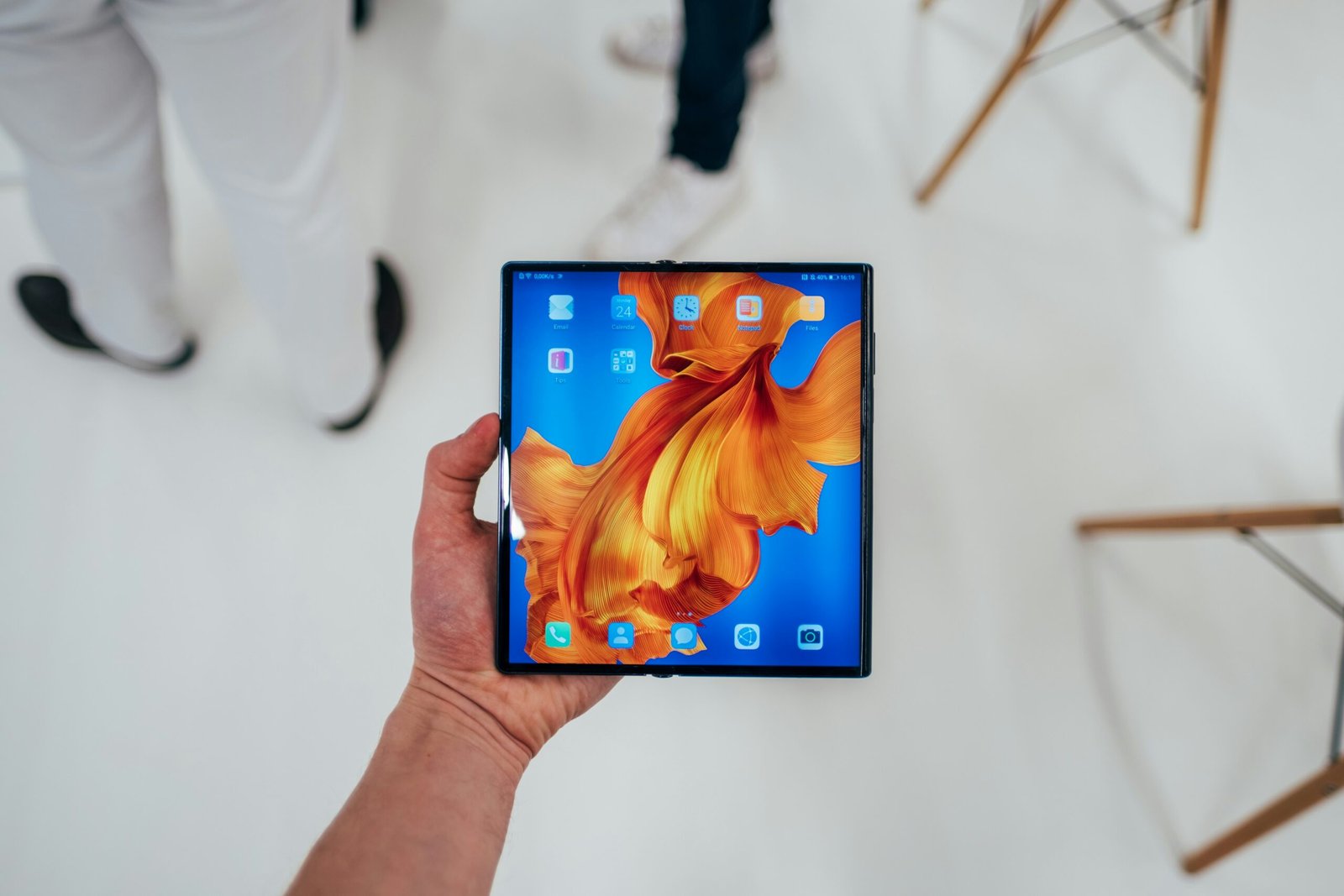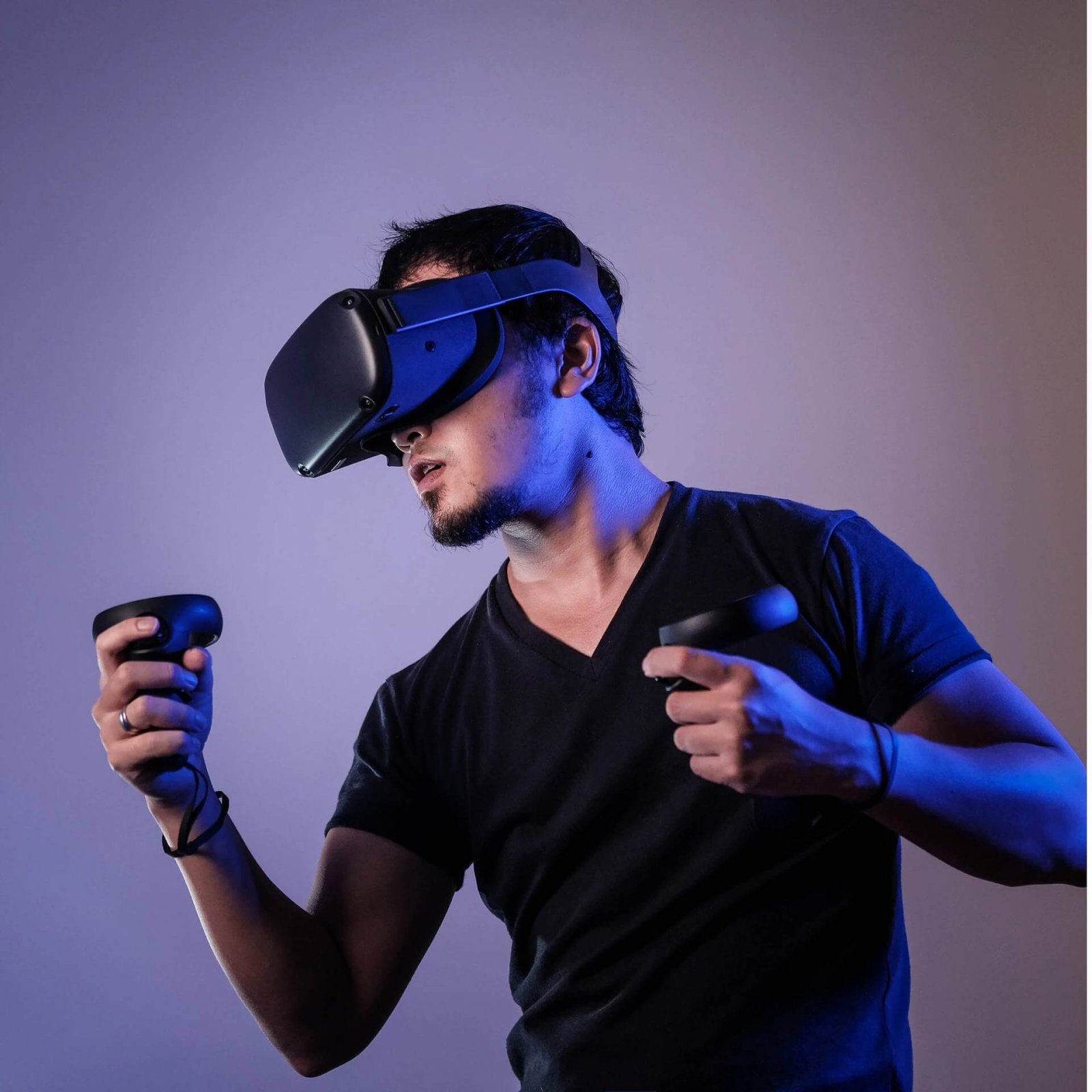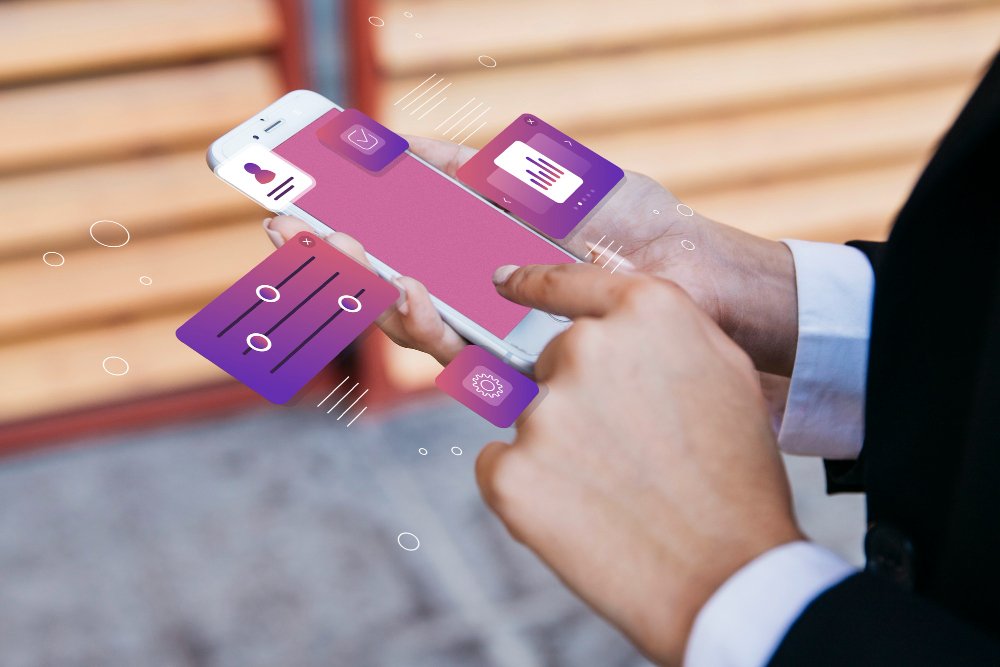
Exploring the Foundations: 4 Essential Research Methods Every Designer Should Master
Design is an ever-evolving field where creativity meets functionality, and the success of any design endeavor hinges on understanding the needs and preferences of the end-users. Research plays a pivotal role in informing and guiding the design process, ensuring that solutions are not just aesthetically pleasing but also user-centric and effective. In this blog, we’ll delve into four essential research methods that every designer should master, providing a comprehensive overview of their significance and practical applications.
1. User Interviews: Unveiling Insights Directly from the Source
User interviews are a cornerstone of user-centered design, offering designers a direct line of communication with their target audience. This qualitative research method involves engaging in one-on-one conversations with users to gain a deeper understanding of their needs, behaviors, and preferences.
Why User Interviews Matter:
- Insights into User Behavior: By talking directly to users, designers can uncover the motivations and challenges that drive their interactions with a product or service.
- Personalization of Design: Understanding individual user perspectives allows for the creation of more personalized and targeted design solutions.
- Identification of Pain Points: User interviews help identify pain points and areas for improvement, guiding designers toward solutions that directly address user concerns.
External Resources:
2. Surveys and Questionnaires: Gathering Quantifiable Data
Surveys and questionnaires are valuable tools for collecting quantitative data from a larger audience. This research method allows designers to reach a broader user base, providing insights that can be analyzed statistically.
Why Surveys and Questionnaires Matter:
- Quantifiable Data: Surveys yield measurable data, allowing designers to identify trends, patterns, and statistical significance.
- Scalability: Surveys can be distributed to a large number of participants, making them suitable for research on a broader scale.
- Objective Insights: By asking specific questions, designers can receive focused and objective responses, aiding in data-driven decision-making.
External Resources:
3. Usability Testing: Putting Designs to the Practical Test
Usability testing involves observing users as they interact with a prototype or a finished product to identify usability issues and gather feedback. This method is crucial for ensuring that a design aligns with user expectations and functions seamlessly.
Why Usability Testing Matters:
- Real-world Feedback: Users’ direct interaction provides valuable insights into how they navigate and perceive the design in a real-world context.
- Identification of Pain Points: Usability testing uncovers potential obstacles or frustrations users may encounter, leading to refinements that enhance overall user experience.
- Validation of Design Decisions: By observing user reactions, designers can validate design choices and make informed adjustments.
External Resources:
4. Field Studies: Immersing Designers in User Environments
Field studies involve designers directly immersing themselves in the users’ environment to gain firsthand insights into their daily lives, behaviors, and challenges. This qualitative method is particularly beneficial when designing for specific contexts or cultures.
Why Field Studies Matter:
- Contextual Understanding: Being in the users’ environment provides designers with a deep, contextual understanding of their habits, constraints, and needs.
- Cultural Sensitivity: For global design projects, field studies help designers account for cultural nuances and tailor solutions accordingly.
- Inspiration for Innovation: Observing users in their natural setting can spark innovative ideas that may not emerge through other research methods.
External Resources:
Conclusion: Empowering Designers with Informed Creativity
In the dynamic landscape of design, research methods serve as guiding lights, illuminating the path to successful and user-centric solutions. Mastering user interviews, surveys, usability testing, and field studies equips designers with the tools needed to create designs that resonate with users on a profound level.
As you embark on your design journey, consider these research methods as integral components of your toolkit. They not only refine your creative process but also ensure that your designs are rooted in empathy, understanding, and a genuine desire to meet the needs of your users.
For further exploration and in-depth learning, consider checking out these external links:



















